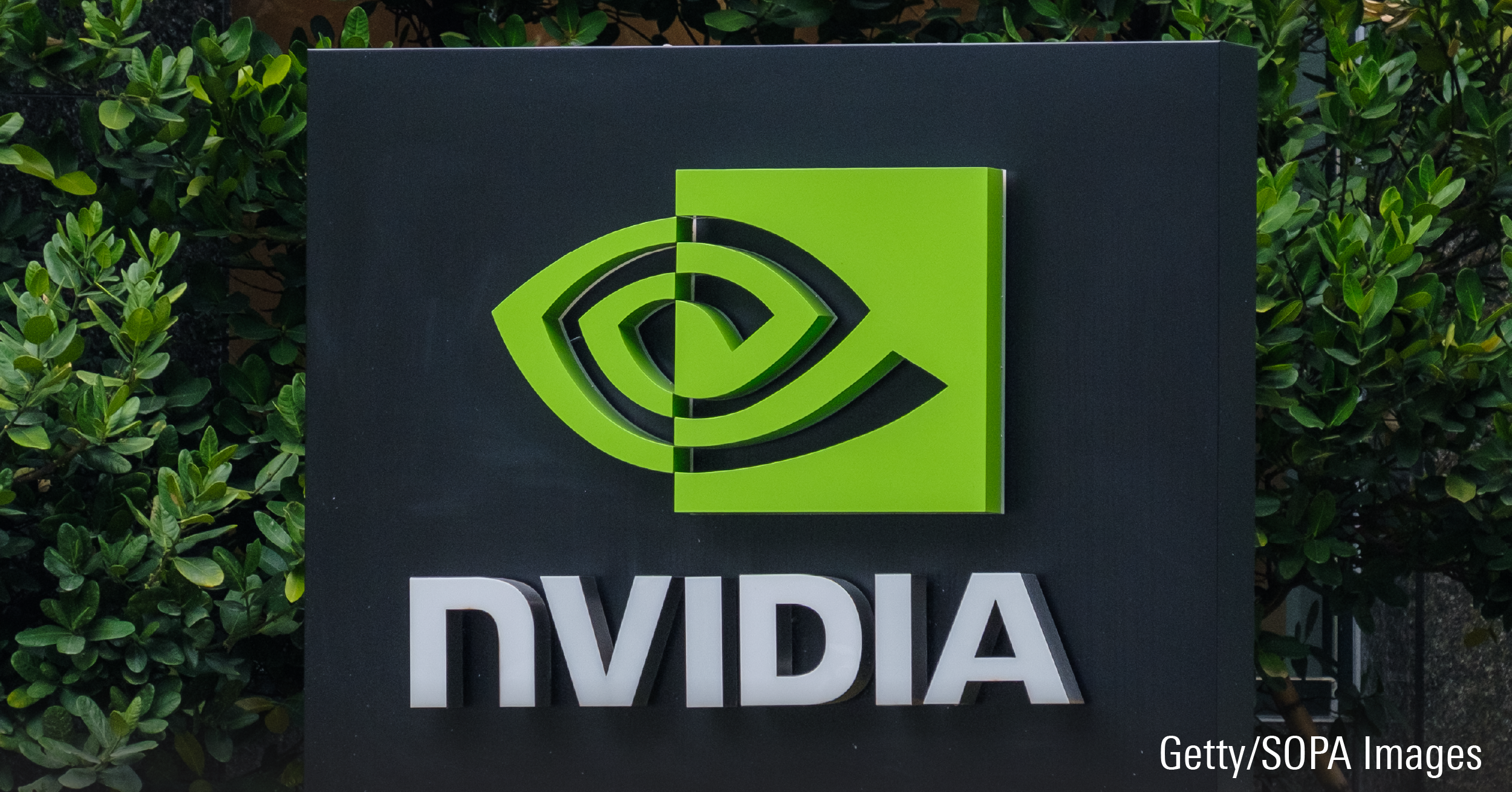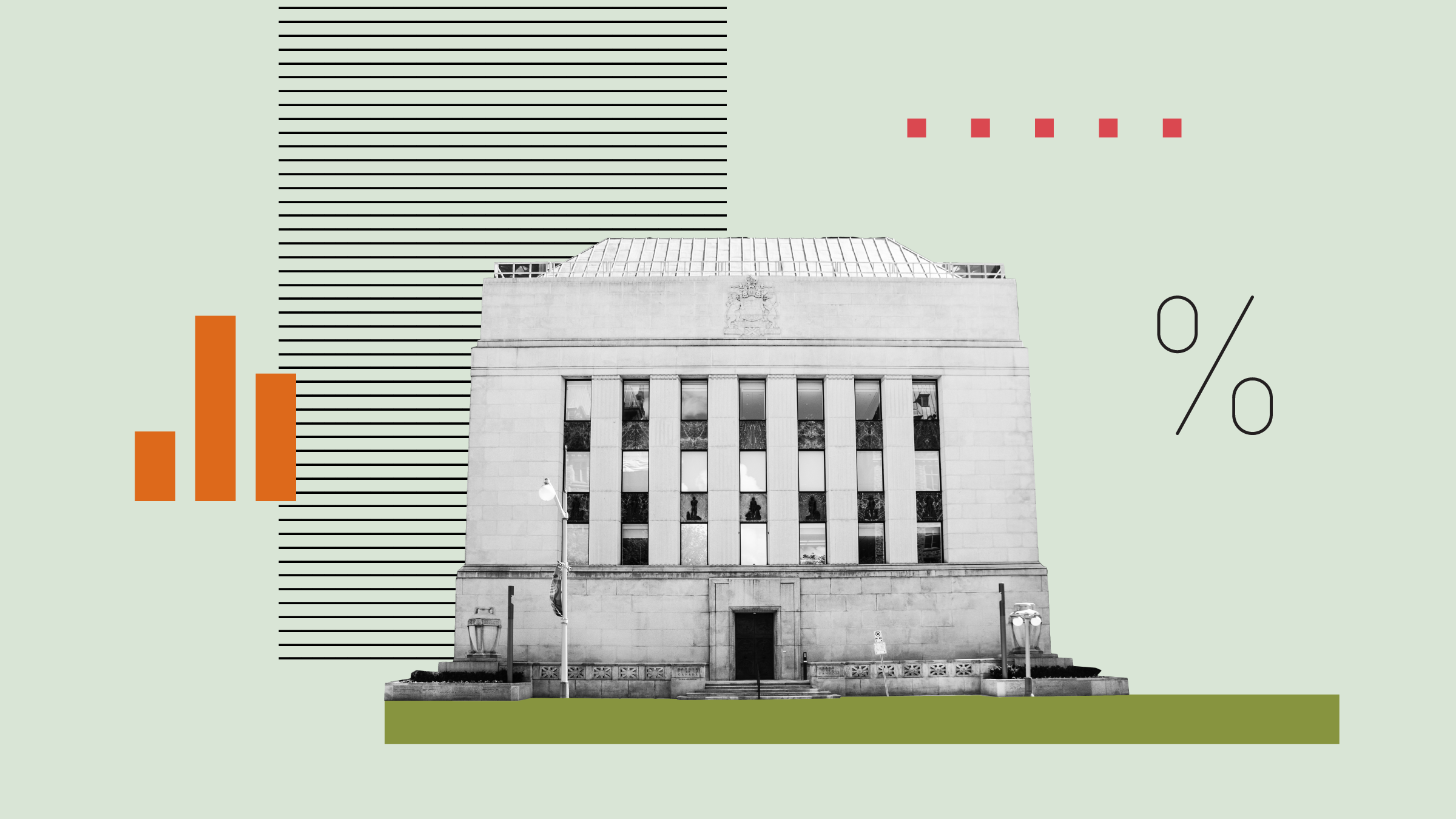As house prices have gone up considerably in the past decade, thousands of retirees have tapped the equity in their homes, either to supplement their incomes, or complete renovations, or fulfil a long-time dream such as travelling more often.
And they did so by taking on a reverse mortgage, or a loan against their home that does not have to be repaid until the homeowner sells it. Clients retain ownership and will never be asked to move or sell to pay their loan.
HomEquity Bank is the primary provider of reverse mortgages. While it does not require medical, income or credit qualifications, the location and type of home must meet certain criteria. The only other condition is that you must be 60 or older. You can unlock up to 40% of the equity in your home. However, reverse mortgages over $750,000 require additional review and are tailored to your needs.
Although a reverse mortgage has its benefits, it is not for everyone, and there is a price to be paid at the end. Unlike a conventional mortgage, a reverse mortgage means the debt will grow, as the interest charges accumulate. Indeed, you should compare a reverse mortgage to alternatives, such as lines of credit, before making the commitment.
Formerly known as Canadian Home Income Plan Corp., and established in 1986, Toronto-based HomEquity Bank still markets its product under the CHIP Home Income Plan and benefits from its ubiquitous TV campaign ("Wouldn't it be nice?"). It has grown to the point that it became a federally chartered bank on Oct.13, 2009.
As of June 30, HomEquity Bank had a portfolio of 7,600 mortgages with a value of $946 million, secured against $2.4 billion in residential real estate. That's a significant increase over the year ended June 30, 2009, when it had $833 million in reverse mortgages secured by $2.3 billion in real estate.
HomEquity Bank relies on a large referral network of mortgage brokers that handles applications, and also gets business from credit unions, financial-planning firms and other chartered banks.
Dave Stevens, a mortgage agent based in Spencerville, Ont., who is part of the Mortgage Edge network, says that reverse mortgages are suitable for some retired couples who are living on CPP and Old Age Security benefits and finding it hard to make ends meet. "This is aimed at any seniors who want to improve their quality of life with some extra cash," says Stevens.
A number of clients, he notes, use the reverse mortgage to pay off credit-card debt or an existing mortgage. "The big advantage is that there are no payments until you sell the house."
Alternatively, clients can invest 100% of the proceeds and create an income stream. "This is a great way to ameliorate a cash-flow situation," says Greg Bandler, senior vice-president at HomEquity Bank.
The need for financial security is one of the factors driving the bank's growth. An Angus Reid Strategies study in early 2009, commissioned by the then-named CHIP, found that 53% of Canadian seniors feel less secure about their financial future.
"Everyone saw their investments shrink in 2008, so it was a liquidity crisis for many seniors," says Bandler. "The importance of the home in their overall portfolios increased. For some, because their investment portfolio declined so much, accessing the equity in the home became a much more viable alternative."
Becoming a scheduled chartered bank allowed HomEquity to raise funds by issuing guaranteed investment certificates through a network of deposit brokers. "Diversification of our funding strategy has enabled us to come back to the market and fill the demand that we've been seeing."
Currently, a variable rate CHIP mortgage is 4.5%. The five-year fixed rate is 6.25%. In contrast, the variable rate is about 2.75% at many chartered banks and 5.5% for a five-year term. While Bandler acknowledges that his bank's rates are higher, he says, "Our business is predicated on providing value to seniors. But as the market moves, so do we."
There are some costs involved in the process. You have to pay for an independent appraisal of the property, which varies from $175 to $300 (depending on the location). Second, at a cost of $300 to $600, clients must get independent legal advice, to understand their obligations, and those of the bank. Finally, there are administration set-up fees of $1,495, which are deducted from the proceeds. In total, costs add up to about $2,250.
Given the rising home values in the last two decades, Bandler suggests the CHIP Home Income Plan is designed to leave a considerable chunk of equity even after the reverse mortgage has been paid off. Using a hypothetical example, he cites a typical client who borrows $100,000 against a $300,000 home. Assuming he/she stays in the program for 15 years, and gets a 4% variable rate reverse mortgage, he/she would have paid back about $181,136 after selling the house.
Based on a national average of 5.84% compounded growth over 15 years, the value of the home would have grown to about $702,860. After deducting the cost of the mortgage, that leaves $521,724.
Mortgage broker Dave Stevens suggests that the rule of 72 is a good way to estimate the cost of a reverse mortgage. If the interest rate is 4.5%, then the mortgage will double in size in 16 years. At 6.75%, the mortgage will double in 10 years, 8 months. "But keep in mind that house values have gone up about 3-4% on average per year. The rising value of the house will offset some of the cost (of the reverse mortgage)."
Still, some critics caution against using a reverse mortgage and recommend a home equity line of credit as a lower-cost alternative. "The reality is that almost every retiree winds up moving out of their home, because they have to go to a nursing home or a care facility at some point," says Olev Edur, a Toronto columnist for Good Times, a seniors' lifestyle magazine.
"You put this all into the hamper," Edur says, "and it's a question mark as to what that guarantee (that clients will never be asked to move or sell to repay the loan) is actually worth, other than the peace of mind knowing you won't be kicked out of your home."
Edur argues that retirees who have a lot of home equity can save money by using a line of credit. "How much of an inconvenience is $125 to $150 a month in interest charges, when you are borrowing $50,000 to $60,000?" he says, noting that lines of credit cost about 2.75-3%. "Regardless of the amount, it's going to be cheaper with a line of credit, as opposed to paying almost double the interest rate, plus the $2,000 or so in legal and administrative fees."















